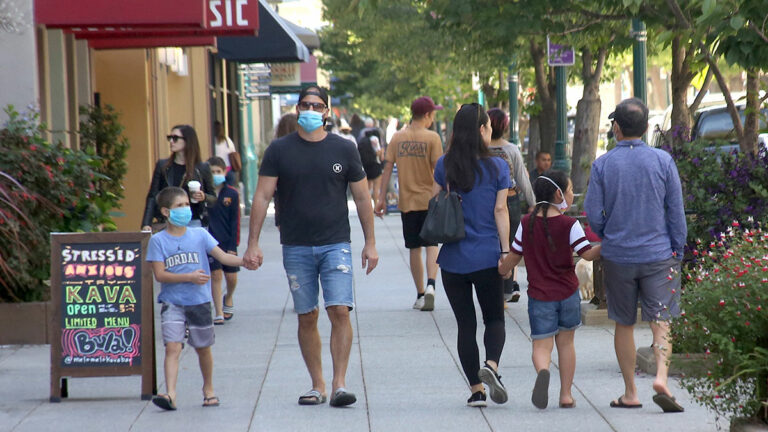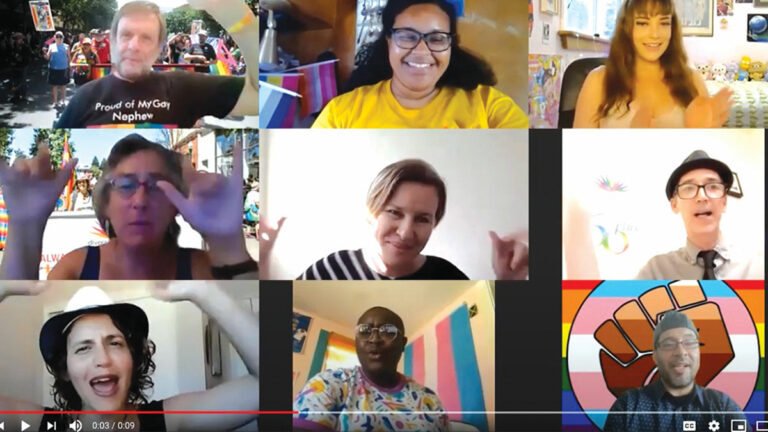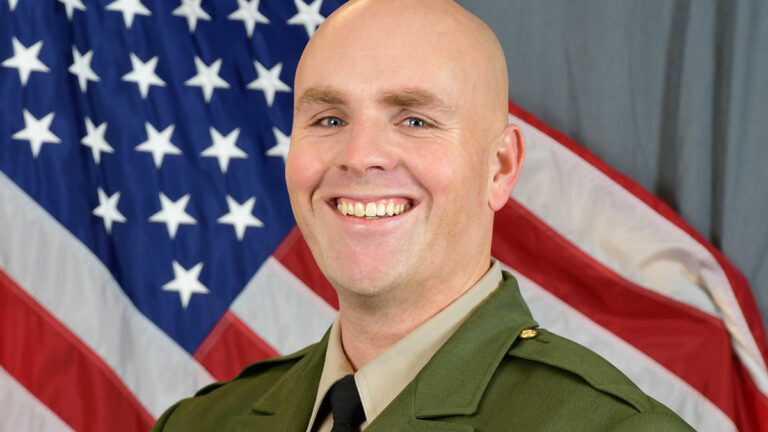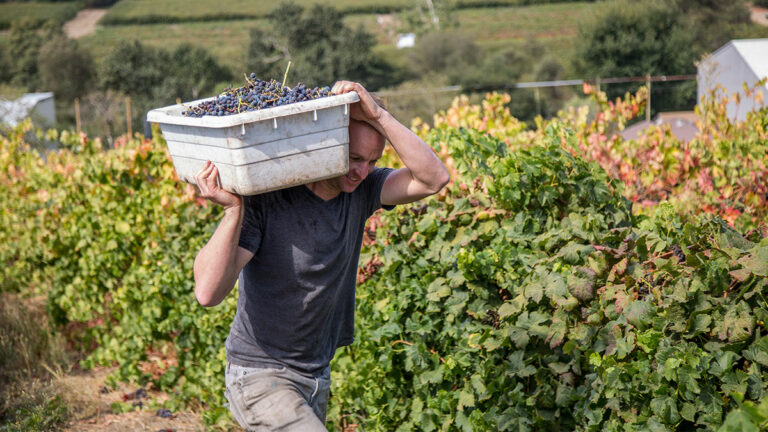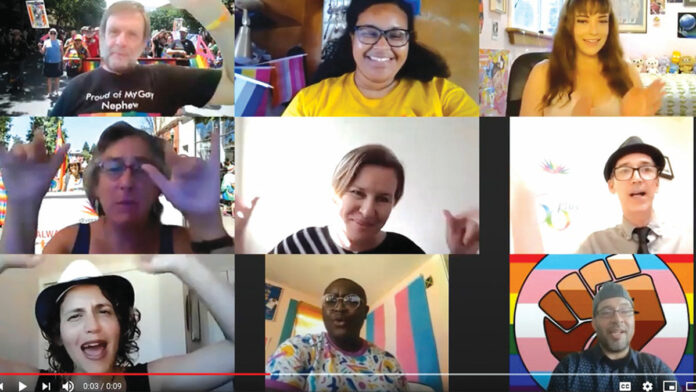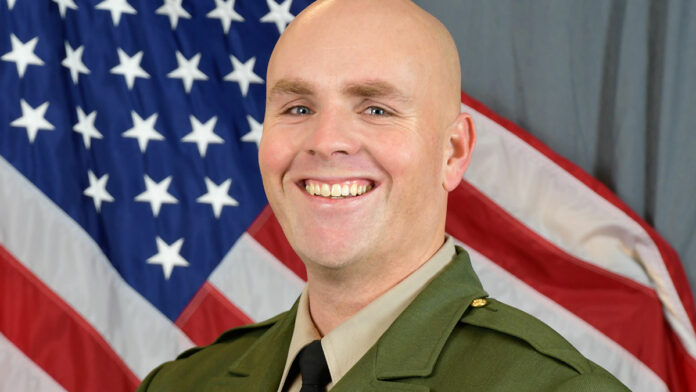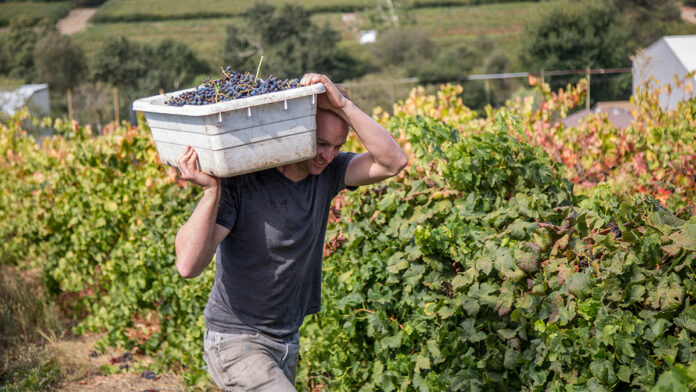Pajaro Valley Arts’ 14th annual “Sculpture Is: In the Garden” exhibit will return to Sierra Azul Nursery and Gardens on July 1.
It will be the organization’s first in-person exhibit since the countywide shelter-in-place order prompted the closure of its indoor gallery on Sudden Street in March. On June 4 and 5, organizers were hard at work with the first round of sculpture installations at Sierra Azul.
“We are so happy to be here,” said Pajaro Valley Arts (PVA) Exhibit Coordinator Hedwig Heerschop. “It is such a good feeling… getting out into the fresh air again. It always pleases me to do this show, but especially this year.”
“Sculpture Is” will feature sculptures of various sizes and materials from artists across Santa Cruz County and beyond. Everything from stone statues to glass creations will be part of the exhibit.
Scotts Valley artist Roger Heitzman will be featuring two of his kinetic wind sculptures, one of which is a smaller version of a 14-foot-tall piece he made for the 2019 Burning Man event in Nevada. Heitzman said he’d observed other artists’ kinetic wind pieces and was intrigued.
“I found out that it was incredibly labor-intensive … it took so much work,” he said. “But I loved it. It was such a unique process.”
This will be Heitzman’s first time being part of “Sculpture Is.” He and his wife Tina, who works as his studio’s marketing director, say they are always on the lookout for open-air galleries like Sierra Azul. Heitzman said that it was a “perfect venue” for his work—and for the times.
“It’s rare these days to be able to get out like this,” he said. “It’s great to see other artists in person again, being creative. And things feel very safe.”
Three sculptures by Geof Nicastro will also be displayed, including one he created with Brooke Matteson of Julia Barlow Platt, a former mayor of Pacific Grove whose policy work was crucial to public beach access and marine environmental protections.
A short walk away are two glass-blown sculptures by Scott Graham and Cristy Aloisi depicting flowering plants rising up into the sky. The larger of the two, “Summer Bouquet,” will be the feature piece of the exhibit.
On June 5, Sierra Azul owner Jeff Rosendale was helping to install “Summer Bouquet,” trimming back some leaves and shrubbery to better display the piece.
“We are so glad we could do this again,” Rosendale said. “This is what art is all about. Finding happiness, beauty in the world when things are difficult.”
Heerschop said she was “incredibly grateful” for Rosendale and his wife Lisa for making “Sculpture Is” happen again this year. As soon as nurseries were allowed to open again, she said, Rosendale contacted PVA and work moved forward.
“Jeff, Lisa and all the Sierra Azul staff have been wonderful,” Heerschop said. “We have to thank them for the opportunity to do this.”
“Sculpture Is: In the Garden” will open to the public on July 1. Visitors are asked to maintain social distancing and wear masks whenever they are close to others. Masks are required inside the garden’s retail nursery.
Heerschop said that in the weeks leading up to the opening, organizers will install more pieces, clean up the gardens, price and make labels for the art, and create a map of the exhibit. PVA will also look into creating a virtual tour of the exhibit.
“Little by little, things will come together,” Heerschop said.



